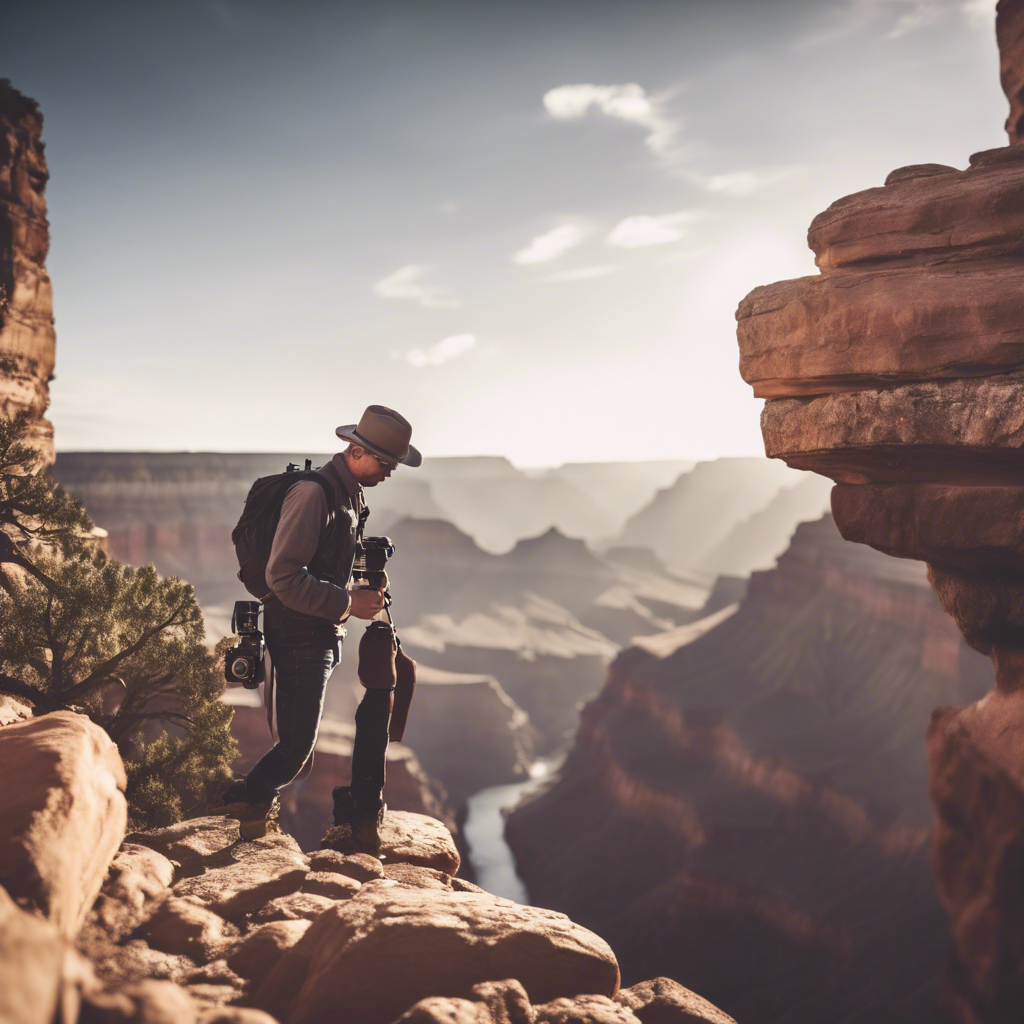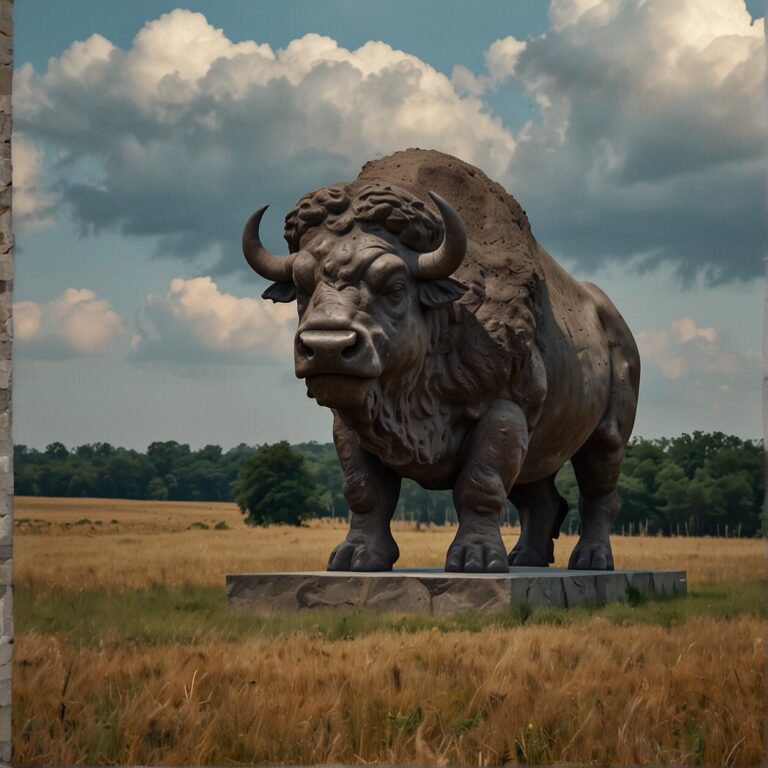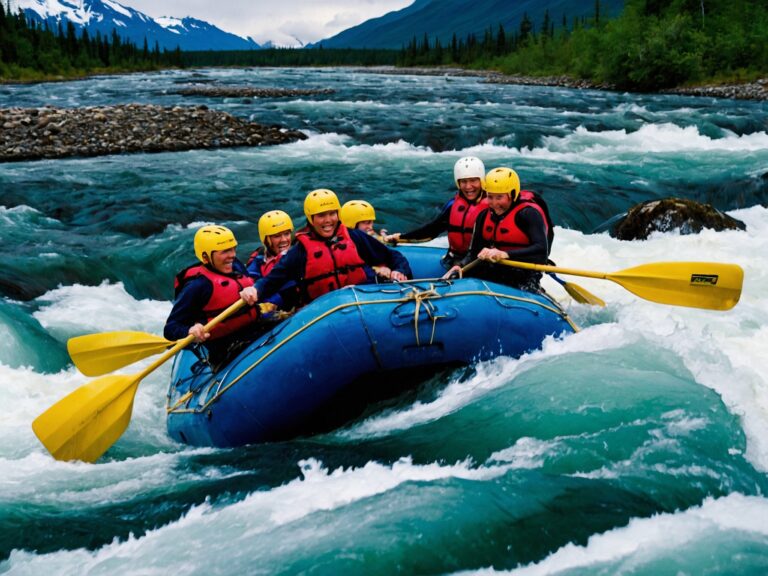How to Anticipate and Photograph Spontaneous Travel Moments
Embarking on a journey of spontaneity can be one of the most exciting, not to mention rewarding forms of travel photography. There are countless moments waiting to be frozen in time; the fleeting laughter of a street vendor, an unguarded moment of affection between a couple, the grandeur of an unexpected thunderstorm rolling over a landscape. These snapshots of life are the moments we cherish, the ones that make the difference between a photo album and a living, breathing story. So, how do we best prepare ourselves to seize these moments on the spontaneous road of travel photography? What are the best practices to hone, so the best moments don’t pass by unnoticed, and how do we capture them in a way that does justice to their unique energy? Here are some of the most effective strategies:
“Photography for me is not looking, it’s feeling. If you can’t feel what you’re looking at, then you’re never going to get others to feel anything when they look at your pictures.”
– Don McCullin
- Nurture your instinct for timing and intuition.
- Bring essential gear but also learn to work with what you have.
- Understand and appreciate the role of light in your shots.
- Develop an artistic eye that transforms even mundane moments into compelling visual narratives.
Let’s dive into the fine art of capturing spontaneous moments and immerse ourselves in the vibrant world of travel photography.
Getting Ready: Essential Gear for Spontaneous Travel Photography
First things first, let’s talk about the gear that will aid you in capturing those spontaneous travel photos. You’d want to strike a balance between quality, weight, and functionality.
Your choice of camera is crucial. While professional DSLRs render high-quality images, they can also be quite bulky and heavy. Consider investing in a compact mirrorless camera or even a high-end point and shoot camera. These options offer excellent image quality while being lightweight and easy to carry.
Alongside your camera, it’s important to have a versatile lens that can handle a variety of shooting conditions. A mid-range zoom lens, such as a 24-70mm, is a great choice for travel photography. It offers a good range for both wide-angle and portrait shots.
Don’t forget to pack spare batteries and plenty of memory cards. There’s nothing worse than having your camera die or running out of space just as that perfect spontaneous moment presents itself. If your camera has dual card slots, take advantage of it. This way, you can simultaneously record images and videos, or simply have a backup in case one card fails.
You might also want to consider a lightweight tripod for those occasions when you need extra stability, such as in low lighting conditions. While it’s not a must-have for spontaneous photography, it can come in handy.
Last but not least, a comfortable camera bag that allows quick and easy access to your gear is essential. You have to be ready to react to photo opportunities in seconds, and grappling with a poorly designed bag could cost you a great shot.

Developing Your Photography Instincts for Spontaneous Shots
Let’s face it, travel photography involves a significant amount of spontaneity. While you can plan some shots in advance, many of the most memorable moments aren’t scheduled or scripted. Therefore, it all comes down to your photography instincts. How do you develop these instincts? Let’s dive into it.
Firstly, being consistently mindful and observant of your surroundings is a must. While it’s tempting to become engrossed in each location’s main attractions, don’t let this tunnel vision limit your photographic potential. Step off the tourist trail, wander around local neighborhoods, and allow your curiosity to guide you. You’ll often stumble upon the most authentic and inspiring photo opportunities when you least expect it.
Secondly, becoming intimately familiar with your camera is key to spontaneous travel photography. In a fleeting moment, you’ll need to be able to adjust settings like aperture, ISO, and shutter speed quickly and confidently. To do this, practice is essential. Don’t shy away from taking lots of experimental shots. The more you exercise your skills, the faster they’ll become second nature.
Lastly, don’t underestimate the role of timing in capturing spontaneous shots. Actively seek out and absorb stories happening around you, and anticipate the climactic points. Being able to anticipate moments right before they occur is a fundamental instinct you need to sharpen. This will help you to press the shutter at the exact right moment, ensuring you encapsulate that spontaneous spirit.
Remember, photography is an art form, not an exact science. Developing instincts takes time and patience. So don’t be too hard on yourself, and most importantly, enjoy your photographic journey. There’s a whole world to capture out there, so let’s make every shot count!
Timing is Everything: Catching the Unexpected at the Right Moment
In travel photography, capturing spontaneous moments often boils down to perfect timing. This isn’t about clicking the shutter at any point, but rather, knowing when to do so for the most dramatic effect. To master this, you must first internalize the concept of ‘Decisive Moment,’ a term coined by Henri Cartier-Bresson, a legendary street photographer. He described it as the split second of genius and inspiration that a photographer has to capture an event that is ephemeral and spontaneous.
While it may seem like luck, capturing the decisive moment has more to do with observation and anticipation. Pay close attention to the environment and the people. Notice the minor details like changes in light, moving shadows, or people’s expressions and interactions. Anticipating an event before it happens can greatly enhance your chances of capturing it at the most potent moment.
Being patient is also key. Sometimes, you may find an interesting scene devoid of action. Instead of moving on, wait. Like a hunter lying in wait for prey, hold on and watch the scene unfold. By doing this, you increase your chances of catching an unusual moment that could have easily been missed.
Additionally, don’t forget to stay ready. The decisive moment can happen in a split-second, and you want to be able to react quickly. Keep your camera settings adjusted to suit the environment, so when the moment arrives, you are prepared to capture it without hesitation.
Remember, though, capturing the decisive moment is about more than just the technical aspects of photography. It’s about depicting a story, capturing the emotion, the mood, and the essence of the experience. The beauty of travel photography lies in the stories it can tell, and capturing the decisive moment can help your photographs tell them more authentically.
The Role of Lighting in Spontaneous Photography
The world of travel photography is significantly influenced by lighting – that’s an inescapable fact. It’s the linchpin that can either make or break your spontaneous shots, often transforming the ordinary into something truly spectacular. In your journey as a spontaneous travel photographer, it’s crucial to comprehend the power of lighting and use it to your advantage.
Understanding the science of light can sound intimidating, but here’s a simplification to help you out. Sunlight, the most common light source in outdoor photography, changes throughout the day. Mornings and evenings, often termed the ‘golden hours,’ produce soft, diffused, warm sunlight. This light is ideal for creating enchanting, softly lit shots with long shadows and superb textures. Midday sun, on the other hand, tends to be harsh, resulting in overexposed highlights and deep shadows.
Don’t fret, though! Even the unforgiving midday sun can be tamed to produce some stunning shots. An understanding of the term ‘High Dynamic Range’ (HDR) can come in handy here. HDR helps manage extreme contrasts in a scene, balancing the shadows and highlights, and achieving a well-lit photograph.
Besides sunlight, pay attention to other natural and artificial light sources, such as street lamps, neon signs, candles, or even moonlight. These sources can add intriguing elements to your spontaneous shots. Look for interesting shadows, silhouettes, reflections, and color casts to add a unique, evocative appeal to your photographs.
Sometimes, elements like haze, mist, or a thin veil of clouds can diffuse sunlight, creating a sublime, ethereal lighting effect worthy of capturing. Likewise, a beam of sunlight slipping through a crack or some wheat lit from behind, can result in mesmerizing backlit photographs.
Remember, lighting isn’t merely a means to illuminate your subject but a dynamic and influential component in the art of photography. Its understanding and mastery can aid you in capturing spontaneous moments more vividly and artistically.
So, what’s the biggest takeaway here? Always be conscious of the lighting conditions. There is light, and there’s ‘good’ light. Learn to differentiate between the two and harness that ‘good’ light to your advantage. Be ready to adapt, experiment, and most importantly, enjoy the process. Soon, you’ll see that the most spontaneous moments often arise when you’re playing with lighting.
Transforming Mundane into Magical: The Art of Seeing
Mastering the art of seeing is pivotal in your journey of capturing breathtaking, spontaneous travel photos. Often, the difference between a mundane image and a magical one lies in how you perceive and present it to the world.
But how can you enhance your ability to see the usual in an unusual way? Here’s how:
- Embrace curiosity: As children, we had a natural curiosity that led us to observe and feel the world around us in a deeper sense. Try to regain the same curiosity. This will allow you to perceive the beauty in everyday objects and scenarios and could transform your photos.
- Adapt a different perspective: Changing your viewpoint can dramatically alter how an image is perceived. Why not try shooting from a low angle? Or perhaps through a reflective surface? Challenge the standard angles and orientations, and you’ll be surprised at how novel your images can be.
- Experiment with focus: Controlling your focus is a powerful way to direct the viewer’s attention. You could make a common object mystifying through background blurring or fascinate the viewer by bringing into focus typically ignored backdrops.
The key is to consistently encourage your mind to seek beauty, intrigue, or novelty in everyday scenes. This can take time and require a conscious effort, but the rewards are immense. As your perception expands, so will your ability to capture the magic in the mundane, effectively transforming your travel photography.
Conclusion
With these guidelines in mind, you’re now well-equipped to embrace the unpredictability of travel and capture it with authentic, captivating photography. The art of spontaneous photography is not just about being at the right place at the right time – it’s about making use of your instincts, training your eye to search for the extraordinary in the ordinary, and always being prepared to seize the moment.
Don’t forget: spontaneity is about capturing moments as they happen, but still requires preparation. So although this may sound counter-intuitive, it’s important to have your gear ready and your instincts honed. The beauty of travel is that it continually presents you with unexpected opportunities, and being ready to capture these is part of the journey.
Remember that lighting plays a pivotal role in spontaneous photography, transforming the mundane into magical at just the right moment. Similarly, developing your instincts enables you to envision compelling compositions even before they unfold. These might sound like challenging tasks, but with practice, you’ll be able to capture photos that not only depict scenes but also tell stories and evoke emotions.
Happy travels and happy shooting! May your journeys be full of fascinating encounters, and may your lens be there to capture the spontaneous moments that make travel so enriching. Now go out there and start creating your own magical moments!







